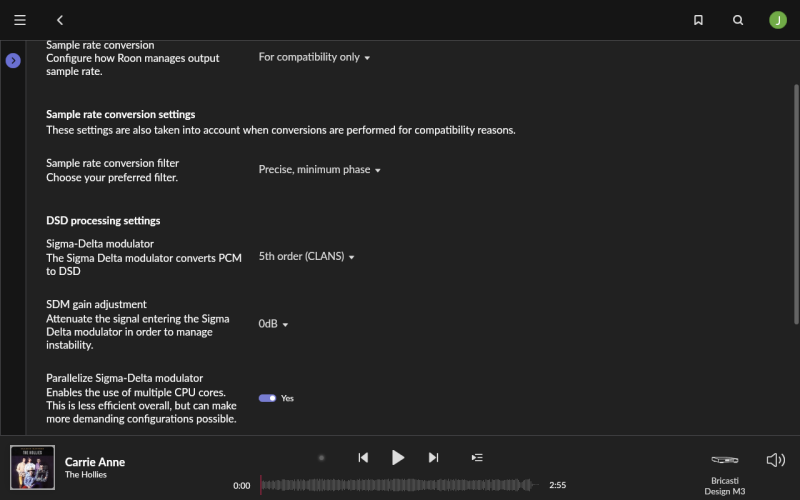I, and many other audiophiles, do find that roon's DSP is audibly lossy. The fact that ASR has "proven" that Roon's DSP volume control is better that any analogue volume control in the world - is for me ample reason to stay well clear of roon's DSP.
I really wish it wasn't so, because roon's DSP is functionally excellent, but I can only hear what I hear.
Fixed Volume should have a very slight SQ advantage over Device Volume, but the difference is very small.
Both on my Grimm MU2 all-in-one (with analogue volume control), and on my previous MU1 streamer (with digital volume control), I could barely tell the difference between Device and Fixed volume, so currently use Device for its extra convenience. Both sounded significantly better than roon's DSP.
Yes this is painfully obvious even with just a regular laptop, heck even turning on headroom management on +0 dB results to flatter sound on my streamer. Audirvana vs Roon and it's no contest, Audirvana runs circles around Roon. However, lossless RAAT signal path is pretty transparent to me as long as the streamer is reclocking (or in your case Pure Nyquist oversampling) the signal on the HARDWARE level before it goes to the DAC
Last edited:













